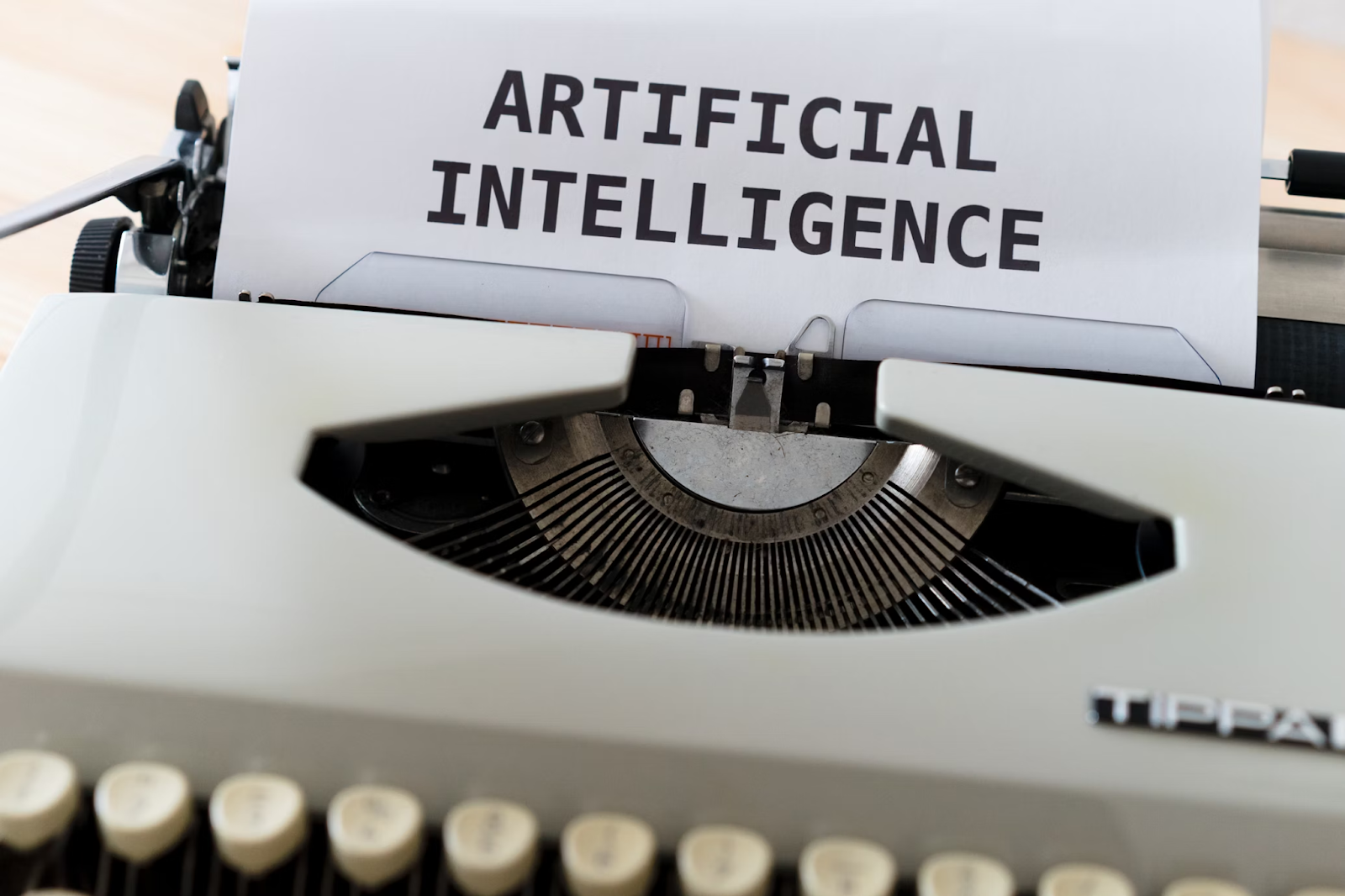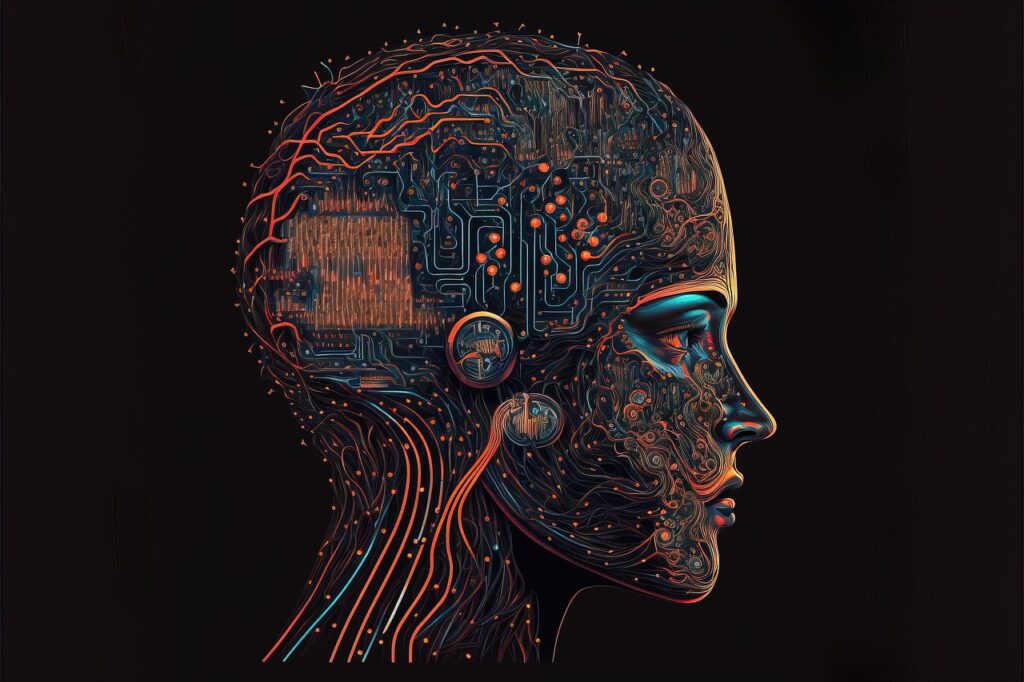5 Best Use Cases for Artificial Intelligence

Since OpenAI released ChatGPT to the public in November 2022, artificial intelligence (AI) has slowly become mainstream, and many software companies have created AI-powered tools with a host of features that can be utilized in different areas.
The most appealing ability of AI tools is their ability to quickly respond to user queries, no matter how complex said queries are. Through a process called machine learning, they adapt to user requests and continuously improve to provide better service over time.
Almost every prominent software platform now has some form of AI feature to enhance user experience and simplify usage. This has significantly increased AI usage and people now use AI tools for personal, work, and entertainment. If you have been skeptical about the effectiveness of artificial intelligence but are willing to enjoy its benefits, this article will guide you on the five best use cases for it.
- Text generation
This was the most used AI feature when ChatGPT was launched. People discovered that AI could generate both long and short-form content based on information that is readily available on the internet. They used this content generation feature to help in research and to seek answers to questions that could have typically only been gotten from experts. This feature made information more readily available to people than they were on search engines, since all the answers they sought would be consolidated in one place.
- Activity summarization
There are several AI tools that can observe human behavior in context and generate summaries based on their observation. For example, IT support staff can use remote support AI to track their activity while they troubleshoot a faulty computer remotely. The remote support AI will produce a summary of everything the support staff did for future reference and audits. AI tools can also listen to meetings, lectures, and speeches to generate summaries of everything that was discussed.
- Image and video generation
Artificial intelligence tools can create impressive images and videos of almost anything. While their image and video generation abilities are not perfect, the graphics they produce can be used for illustrative purposes. Artists and graphic designers can also use them to generate ideas that help them complete the projects they are working on.
- Chatbots
Business owners can use AI-powered chatbots on their websites to respond to customer inquiries, thus reducing the need to speak to real humans. This will reduce customer wait times and the number of support workers on the payroll, thereby saving costs that can be spent elsewhere growing the business.
- Voice AI customer support
Businesses can also use voice AI for their customer support. This is similar to a chatbot but instead of texting the AI tool, customers can call a number to speak to the bot. The customer support bot will respond in a voice that closely mimics a human and answers the inquiries it receives.
Endnote
People can use AI tools for their work and personal purposes, and many of them are available for free. However, the most powerful and capable versions of these tools are often paid for on a subscription basis.

The Unseen Advantage: How Dedicated Support Fuels Fastest-Growing Companies

DIY or Pro Install? The Most Important Question to Ask Before Renting an LED Video Wall

Common Mistakes eCommerce Brands Make With Google Ads

Accelerating drug discovery through the DEL-ML-CS approach

AI in Marketing Is No Longer a Buzzword — It’s the Strategy

GIF Face Swap 50MB: Create Fun, Lightweight Face Swap GIFs with AI

Poker AI vs Human: When Algorithms Outbluff Intuition

I Used ChatGPT to Build My Developer Portfolio – It Got Me Hired Before I Finished It








